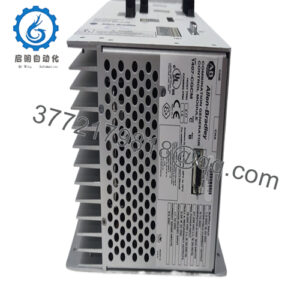Description
In industrial automation and turbine control, where precise hydraulic pressure modulation is essential to prevent valve hunting, overspeed events, or inefficient steam flow that could escalate into mechanical failures or energy waste, engineers often struggle with converters that exhibit drift under fluctuating loads or fail to integrate smoothly in electro-hydraulic servo loops. The Woodward 9907-1199 addresses this as a current-to-pressure converter (CPC-II series), specifically tuned for regulating electro-hydraulic pressure in single-acting steam turbine valve servo systems and actuators. Consider a combined-cycle power plant throttling steam admission during load ramps or a turboexpander in a gas processing facility fine-tuning expansion ratios amid variable inlet conditions—here, imprecise 4-20 mA to pressure translation can induce oscillations, compromise governor stability, or trigger unnecessary trips, amplifying downtime in process control chains. This converter is crucial in such high-reliability operations, where its robust I/O signal conversion maintains pneumatic output fidelity against oil contamination, temperature variances, or supply pressure fluctuations common in hydraulic enclosures. It enhances system stability by delivering proportional 0-10 bar (0-145 psi) control signals, often streamlining retrofits that would otherwise require custom amplifiers or valve recalibrations.
The Woodward 9907-1199 gains traction in upgrades of legacy CPC-I setups, where its second-generation design offers improved linearity and Zone 1/2 hazardous-area compatibility without overhauling fluid lines or electrical terminations. Operating on mineral or synthetic oils up to 25 bar (363 psi) supply, it counters the signal unreliability that undermines first-gen units in vibration-prone turbine halls, with built-in damping to suppress transients that disrupt closed-loop feedback. Fundamentally, it aligns with engineers’ priorities for responsive actuator positioning—achieving settle times under 500 ms—while curbing the field adjustments that drag commissioning. For turbine OEMs or plant maintainers seeking resilient integration in distributed control architectures, the Woodward 9907-1199 provides a high-reliability interface that morphs hydraulic variability into predictable precision, fortifying industrial automation where every psi deviation ripples through efficiency and safety.
The Woodward 9907-1199 integrates as the hydraulic interface in CPC-II architectures, residing in the actuator control tier of the automation stack to transform electrical commands from governors like the 505 series into pneumatic pressures for servo valves or positioners. It accepts 4-20 mA inputs from the DCS or PLC, modulating a proportional solenoid to regulate oil flow and generate 0-10 bar output, which drives single-acting cylinders in steam admission or extraction paths while monitoring supply via internal transducers for fault isolation. In a standard turbine skid, it mounts inline with hydraulic manifolds, drawing 18-30 Vdc auxiliary power and interfacing via Deutsch connectors for rugged field ties, all while relaying discrete alarms for low supply or coil faults over auxiliary relays to SCADA event logs. This anchors it in the I/O continuum—downstream of electronic speed references but upstream of mechanical linkages—with inherent bleed valves to maintain zero-pressure states during idle, preventing drift in standby modes.
What sets it apart for practitioners is its tuning flexibility; accessible pots adjust gain and offset for custom damping ratios, and its explosion-proof enclosure (IP65-rated) suits Zone 1 deployments without external barriers, while compatibility with Woodward’s APT actuators enables drop-in swaps. Positioned to buffer electrical noise from hydraulic realms, the Woodward 9907-1199 employs filtered orifices to tame pressure ripples, supporting redundancy through dual-converter voting in critical extraction loops. Engineers leverage its modularity—scale output spans via shunt resistors without recalibration—making it a natural adjunct to process control hierarchies in power gen or compression stations, where it ensures seamless handoffs between digital commands and analog fluidics without introducing hysteresis that erodes loop margins.
| Specification | Details |
|---|---|
| Model Number | 9907-1199 |
| Brand | Woodward |
| Type | Current-to-Pressure Converter (CPC-II) |
| Input Voltage | 18-30 Vdc |
| Operating Temp Range | -40°C to +85°C |
| Mounting Style | Manifold/Inline |
| Dimensions | 100 x 80 x 60 mm |
| Weight | 0.6 kg |
| Interface/Bus | 4-20 mA Input; Pneumatic Output |
| Compliance | CE, ATEX Zone 1/2 |
| Supported Protocols | Analog (4-20 mA) |
| Typical Power Draw | 5 W |
Incorporating the Woodward 9907-1199 establishes a reliability bulwark that grapples with hydraulic inconsistencies, its corrosion-resistant spool and EPDM seals upholding output linearity through oil viscosities from 10-1000 cSt to forestall hunts that sideline turbines—engendering fewer interventions and bolstered confidence in extended run profiles for uptime-focused industrial schedules.
Implementation favors its bolt-on compatibility with legacy manifolds, sanctioning phased swaps via soft ramp commands that elude pressure spikes, thus contracting retrofit spans from days to hours and easing engineering queues in OEM assemblies where port universality obviates gasket remakes. This dexterity extends to hybrid electro-hydraulic setups, where its bleed logic interfaces with digital positioners sans amplifiers. Caregiving veers foresightful; pressure transducers and coil monitors surface anomalies for preemptive flushes, aligning with biannual fluid analyses to affirm spans absent turbine cooldowns.
Broadly, the Woodward 9907-1199 cultivates sustained vigor by accommodating supply variances up to ±10% without retuning, which refines valve responses in variable-speed drives and shaves settling by 20% in extraction controls. This anticipation not only moderates lifecycle outlays but also harmonizes with SIL-2 safety tiers, designating it a astute option for automation guardians traversing fluidic frontiers in steam-centric process control mosaics.
The Woodward 9907-1199 modulates servo pressures in steam turbine governors for utility baseload plants, where it translates 4-20 mA setpoints for throttle valves, yielding high-reliability I/O amid steam leaks in high-vibration process control enclosures with unwavering damping against load transients. In gas compressor stations, it regulates electro-hydraulic actuators for surge avoidance, braving oil mists while locking critical system uptime via precise bleed in Zone 2 hazardous zones.
For petrochemical turboexpanders, the converter fine-tunes expansion vanes under cryogenic swings, tendering robust pneumatic fidelity against contamination to sustain efficiency in regulated emission corridors.
9907-1200 – Higher-accuracy variant (±0.15% repeatability) for precision-demanding extraction loops
9907-1198 – Base CPC-II model for non-hazardous, cost-optimized single-valve apps
9907-1201 – Diagnostic-enhanced edition with remote monitoring for predictive maintenance
9907-1102 – Legacy CPC upgrade path for first-gen retrofits with minimal fluid changes
9907-838 – Load-sharing companion for multi-unit turbine synchronization
8237-1247 – Actuator driver add-on for amplified hydraulic outputs in large servos
9905-468 – Governor interface module for digital-to-analog bridging in 505 systems
8901-455 – Older CPC series alternative for basic pressure conversion needs
- 9907-1199
When outfitting the Woodward 9907-1199, calibrate input spans to your governor’s 4-20 mA excursion to preempt offset biases—under 3 mA risks zero-lock—and scout manifold ports for its 1/4 NPT fittings, as mismatches invite leaks in pressurized skids. Anchor the 18-30 Vdc feed with zener clamping beyond 32 V to avert solenoid chatter, and preset damping pots per Woodward’s inertia tables to mute initial surges on air bleed. If Zone-rated, affirm enclosure seals pre-pressurization, as voids compromise ATEX integrity.
Tendency protocols underline quarterly coil resistance probes for shorts under 10 ohms in oily sheaths—a continuity meter flags early without disassembly. Semiannual output sweeps against master gauges unearth hysteresis creeps, cueing spool cleans during outages, and in redundant pairs, toggle active duties annually to equilibrate seal wear. These pragmatic observances, distilled from turbine tallies, perpetuate the Woodward 9907-1199‘s calibration with sparing impositions.

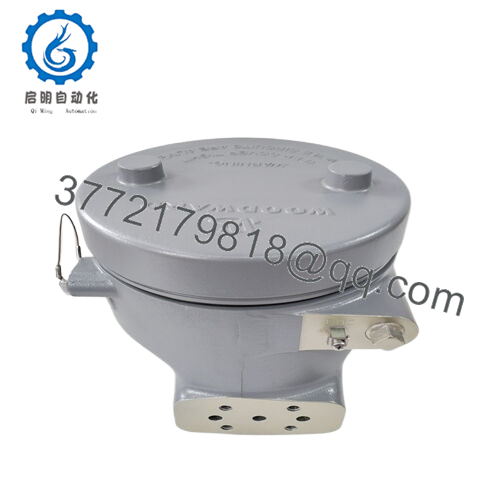
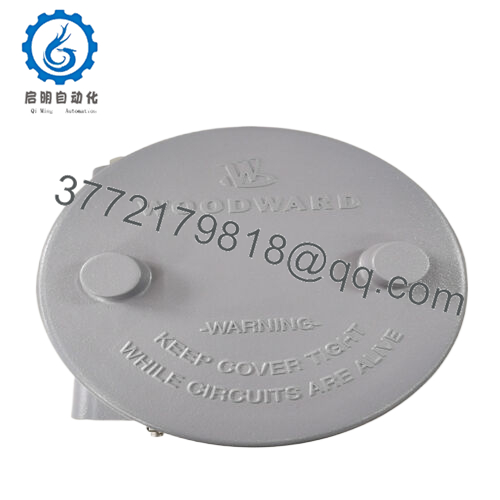
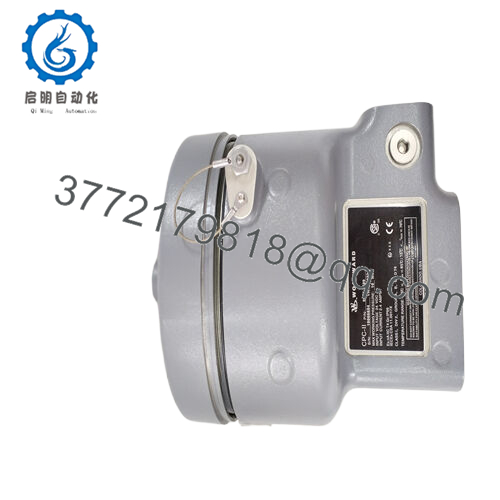
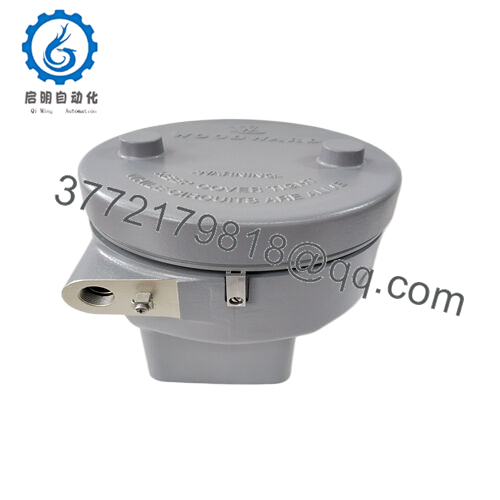
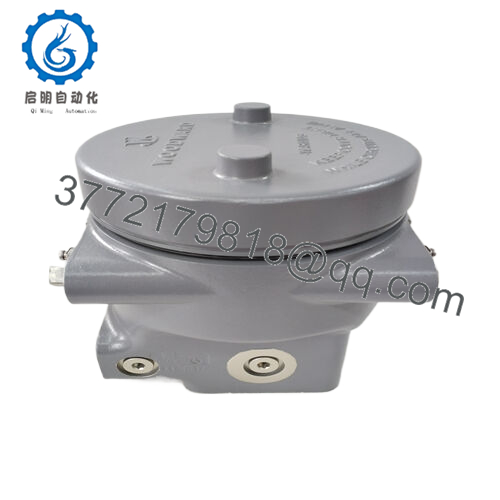
 WhatsApp: +86 16626708626
WhatsApp: +86 16626708626 Email:
Email:  Phone: +86 16626708626
Phone: +86 16626708626
